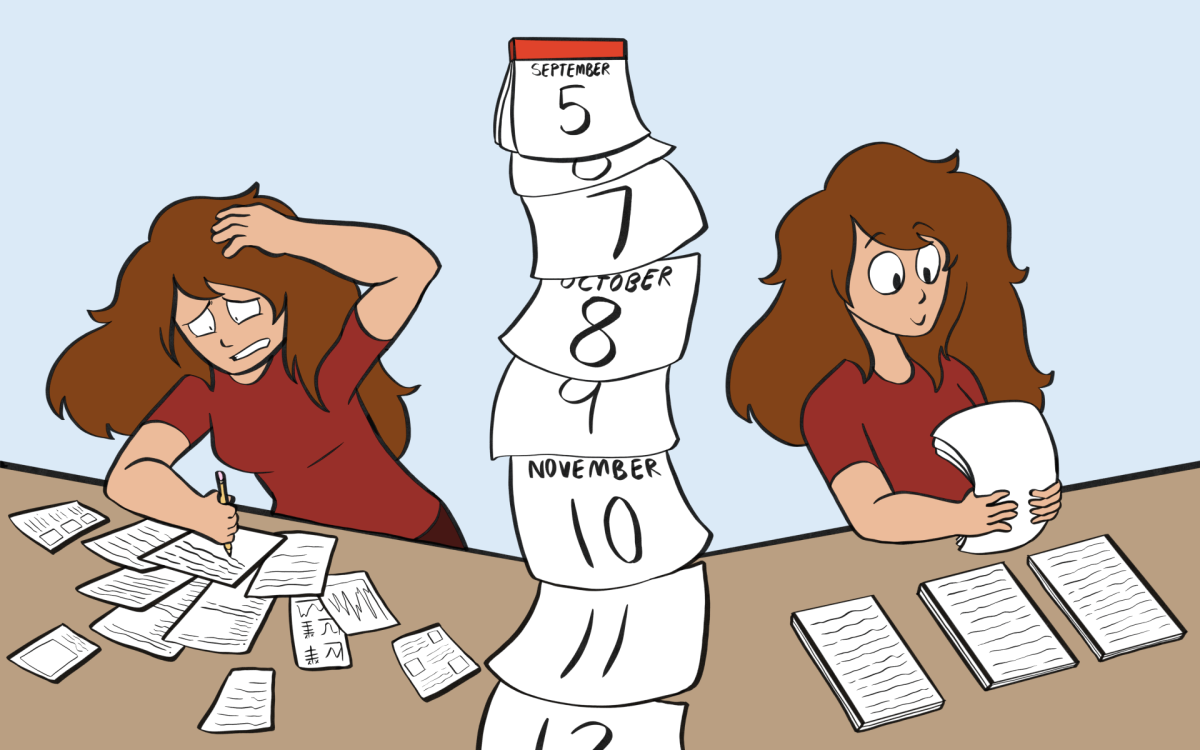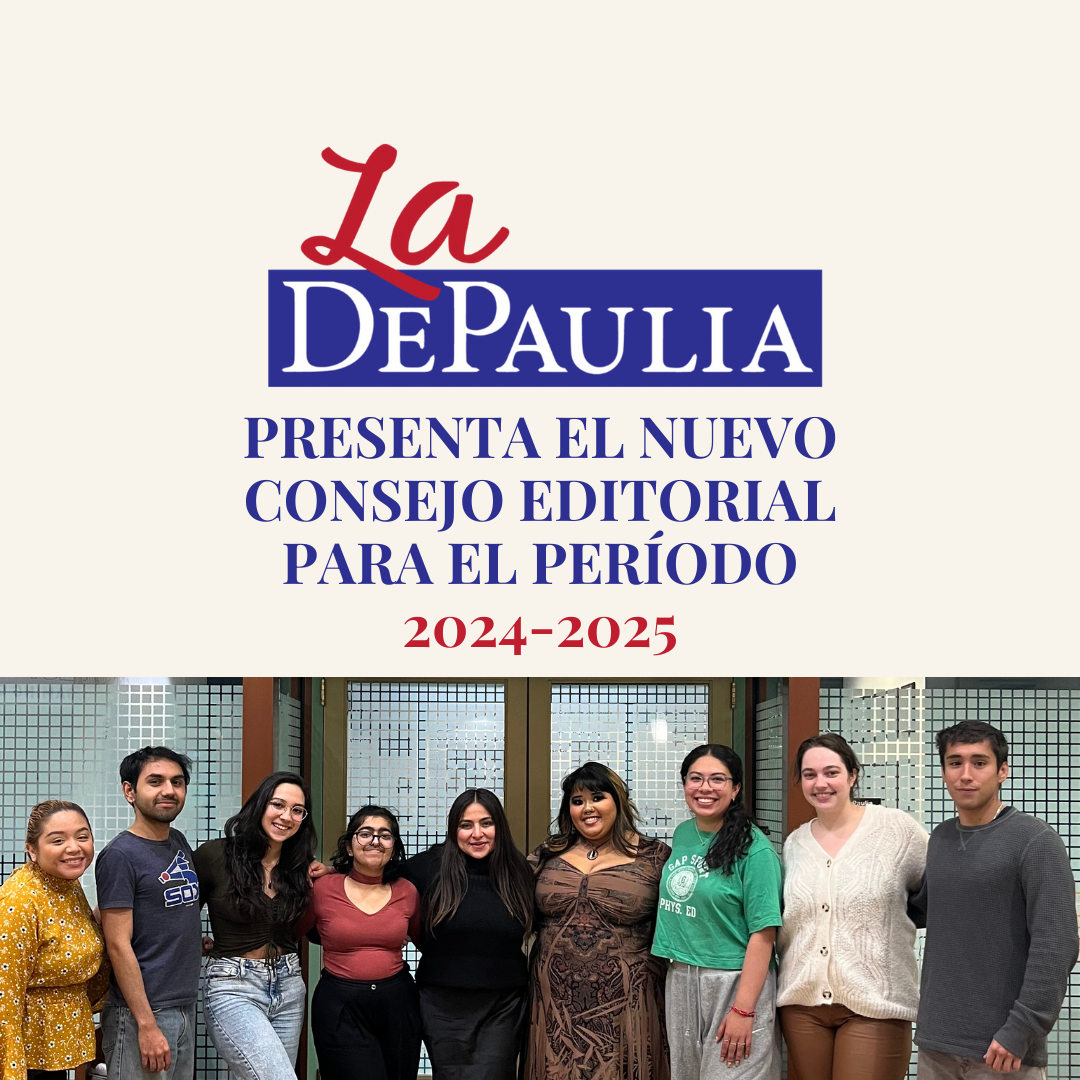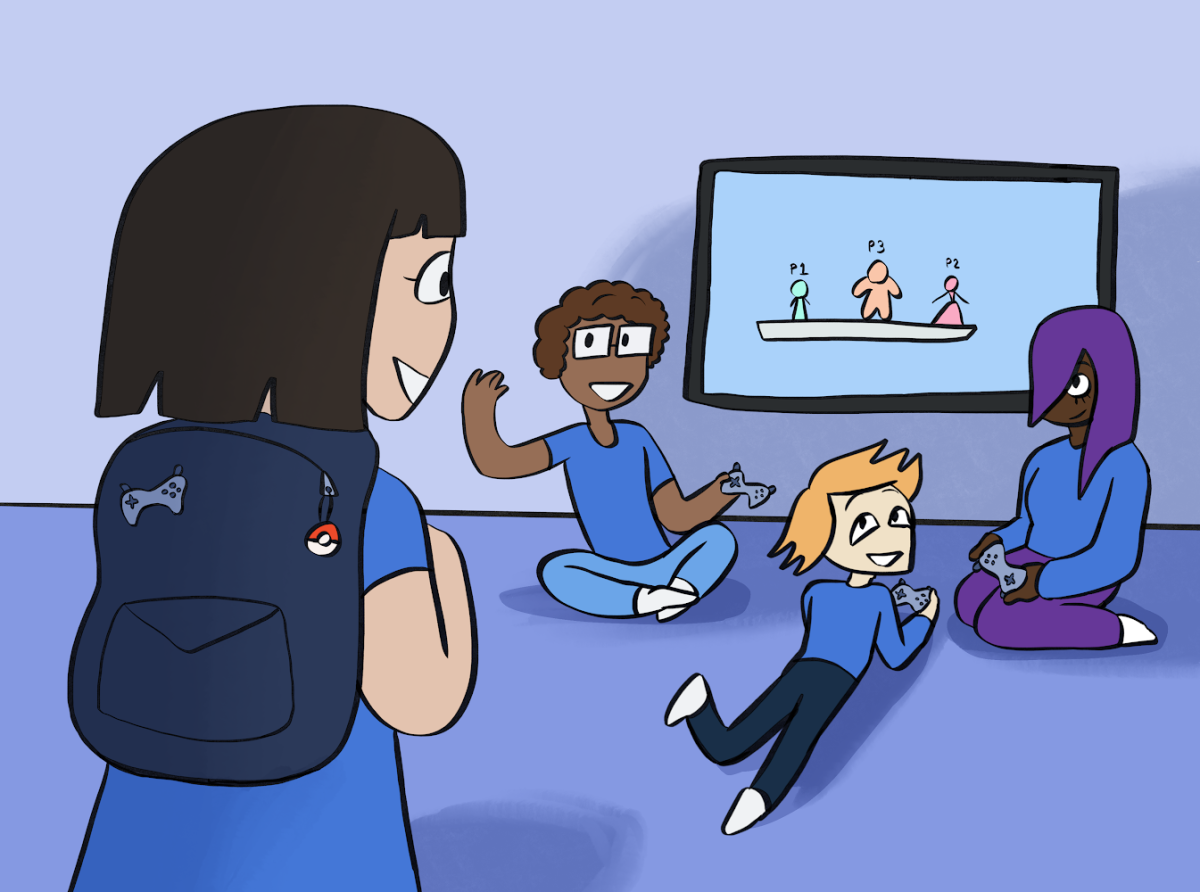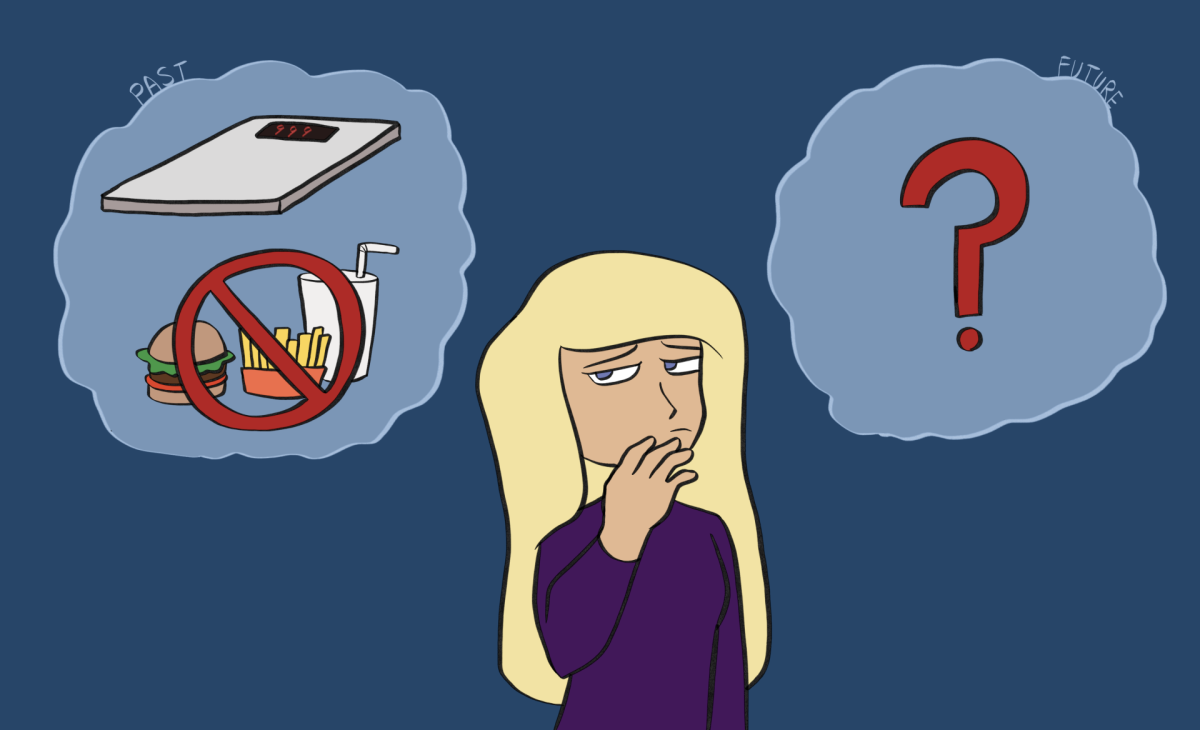The air was filled with chanting and the crowd’s energy tasted of revolution. While delegates of 28 different countries gathered at McCormick Place to discuss the current initiates of the one percent, thousands of anti-NATO protesters lined Chicago’s streets in solidarity and social angst. “Let’s take the streets en masse,” protesters shouted. “Whose streets? Our streets! Whose streets? Our streets!”
Friday, May 18 kicked off NATO’s opposition movement with the National Nurses United and Robin Hood Tax rally. Energy was high and all participants were peaceful as they gathered outside Daley Plaza, sporting green felt Robin Hood hats and calling to tax high-end financial transactions in order to provide basic health care needs to all Americans.
Other protesting groups included red nose-wearing goofs called the Clown Bloq, who offered a comedic barrier between protesters and police. Iraq Veterans Against the War, mental health advocates, immigration activists and even the real Patch Adams served as members of the protesting population.
“We are opposed to NATO pursuing peace by dropping bombs,” said Ally McCracken, a member of the women-initiated grassroots peace and social justice movement, Code Pink. While most protesters were spirited to say the least, McCracken appeared to be one of the few with a concise agenda.
The NATO weekend was not short of variety or spirit, but with protesting signs ranging from denouncing excessive military spending to urging people to go Vegan for Communism, it’s hard to not wonder if the eccentric outfits and anti-establishment views will truly promote change, or just serve as yet another outlet to get hyped up and criticize corporate America.
“Well, you gotta try. What we’re protesting is so nebulous and so complex. It’s not finite and can’t be measured in a sense of win or lose,” said 30-year-old Chicago protester, Picul.
Becoming an individual catalyst is the essence of the movement and allows those participating to exercise their First Amendment rights by demonstrating the true definition of democracy. A group of hospital gown-wearing protesters did just that, as they marched from Horner Park to Mayor Rahm Emanuel’s home in Ravenswood, protesting the recent closure of six mental health clinics.
“The closure of mental health facilities is giving us less and less access to the help we need,” said Anne Scheetz of Chicago. “Fight, fight, fight, because health care is a human right,” they shouted.
While the anti-NATO movement is comprised of a variety of groups, Occupy Chicago acted as the skeleton for the opposition body. The group that was once a small joke on the corner of LaSalle and Jackson has morphed into a unified machine of social mobilization and political activism. For some, this protesting might seem chaotic and ineffective, but what Occupy and all of the Anti-NATO groups represent is a unified identity of people who have had enough and are not asking for change, but demanding it.
Like the kick-off National Nurses United rally, the centerpiece march to McCormick place from Grant Park Sunday, May 20 began peacefully. Protesters were singing, dancing, painting and fishing for police with donuts on a string. Tensions didn’t rise until the very end of the march at 22nd and Cermak, after Iraq Veterans tossed away their military medals as a symbol of recognizing military injustice.
“I have your awards in my pocket and I’m throwing them back, mad as hell,” said one solider.
After the veteran addresses, Black Bloc anarchists and police clashed heavily. There were several minor injuries and a policeman was stabbed. Although the goal of most protesters is to remain peaceful, there is an underlying twinge of hostility present with a small number of radicals.
Still, the overall message of the anti-NATO protesting movement was well received and clearly heard. It’s time for a change, and the 99 percent are the ones who can make it happen.
?







